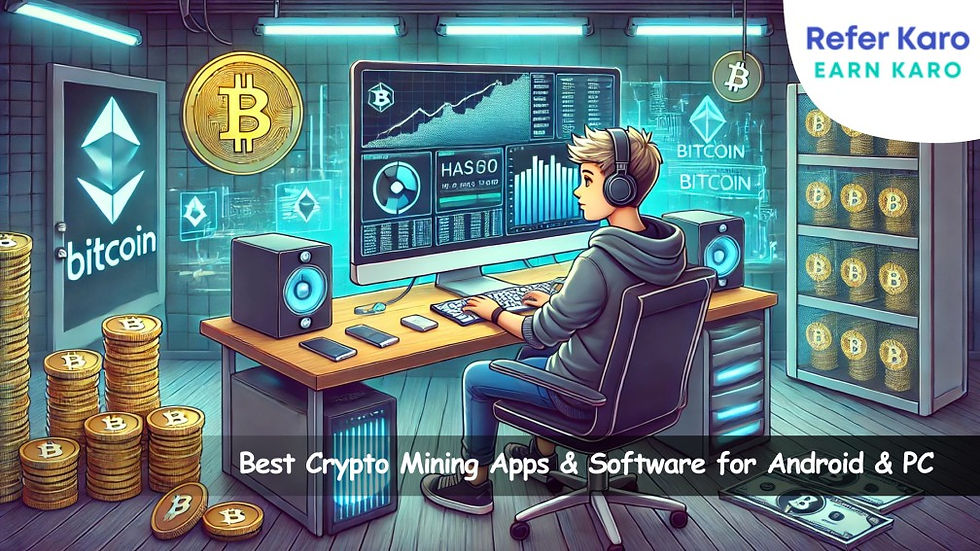GPT-3 for Virtual Reality: Applications and Monetization
- Himanshu Kumar

- Jan 14, 2023
- 2 min read
Updated: Feb 11, 2024
Virtual reality (VR) technology has come a long way in recent years, and with the advent of GPT-3, the powerful language model developed by OpenAI, the possibilities for VR is even greater. GPT-3's ability to generate human-like text on a wide range of topics makes it a valuable tool for creating innovative VR experiences and monetizing them.

One of the main ways GPT-3 can be used in VR is by generating interactive dialogue and narrative in VR games and experiences. GPT-3 can be used to create rich, realistic dialogue and character interactions, allowing players to fully immerse themselves in the virtual world. Additionally, GPT-3 can be used to generate storylines, narratives and even AI-controlled characters in VR experiences, bringing them to a whole new level of realism.
Another innovative application of GPT-3 in VR is in creating virtual tours and museum experiences. GPT-3 can be used to generate informative and engaging descriptions of the exhibits, bringing them to life for the visitors, and making their experience more interactive and engaging.
In terms of monetization strategies, GPT-3 can be used to create high-quality, engaging, and interactive advertisements in virtual reality experiences. These ads could be targeted and personalized based on the user's interests, making them more effective and increasing the chances of conversion. GPT-3 can also help to generate product descriptions and automated customer service interactions, which could potentially improve customer service and increase sales.
GPT-3 can also be used in VR to create virtual training and educational experiences, which can be monetized through subscriptions or on-demand payments. This can be especially useful for fields like architecture, engineering, and design.
It's important to note that GPT-3 is not a magic wand that can instantly create perfect VR experiences without any human involvement. GPT-3 can generate high-quality text and ideas, but it still requires human oversight and editing to ensure that the VR experiences are accurate, coherent, and appropriate for the intended audience.
In conclusion, GPT-3 has the potential to revolutionize the way we experience and interact with Virtual Reality. It's a powerful tool that can be used to create more interactive and engaging experiences, and open new monetization strategies.
It's important to remember that GPT-3 is a tool and it's up to the creativity and skills of the developers and creators to fully leverage its potential and create innovative experiences that captivate the users. As technology advances, it will be exciting to see how GPT-3 will continue to shape the future of VR.




